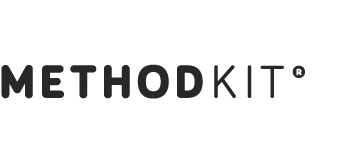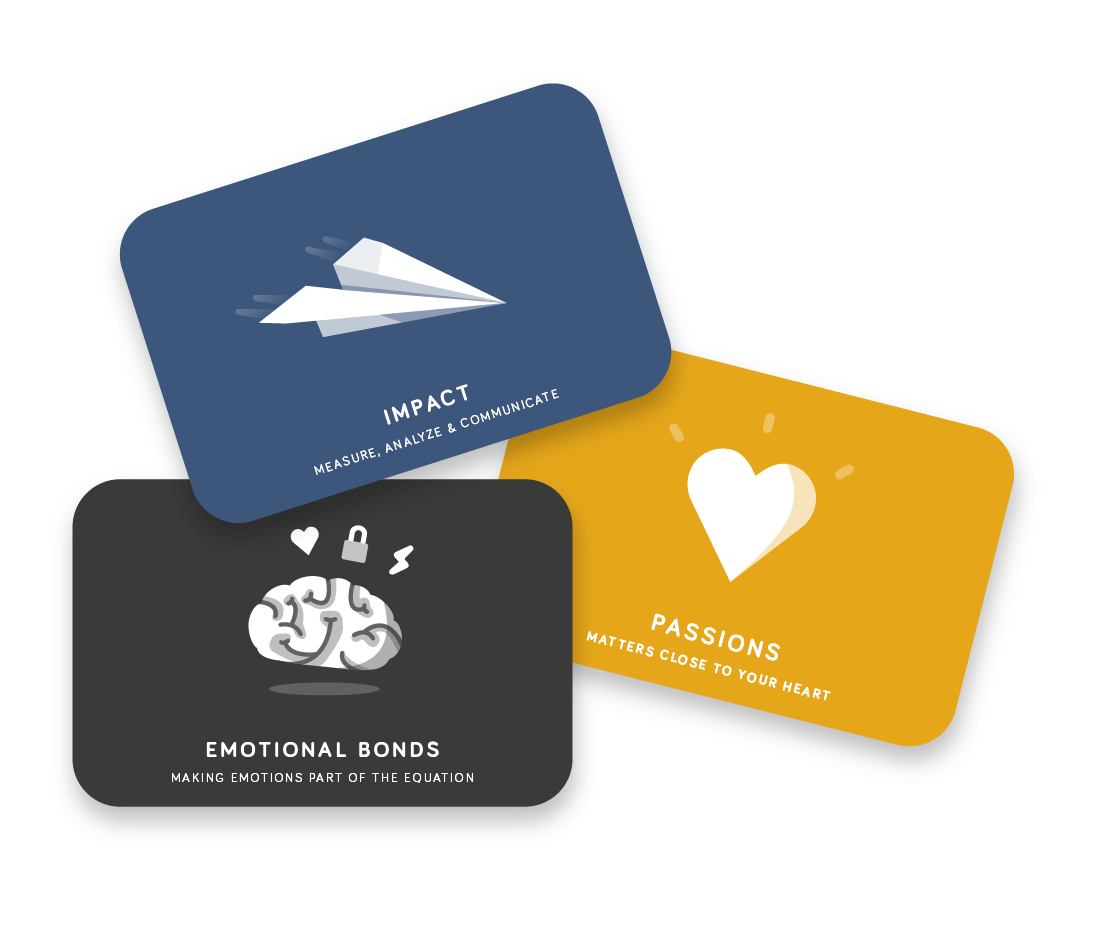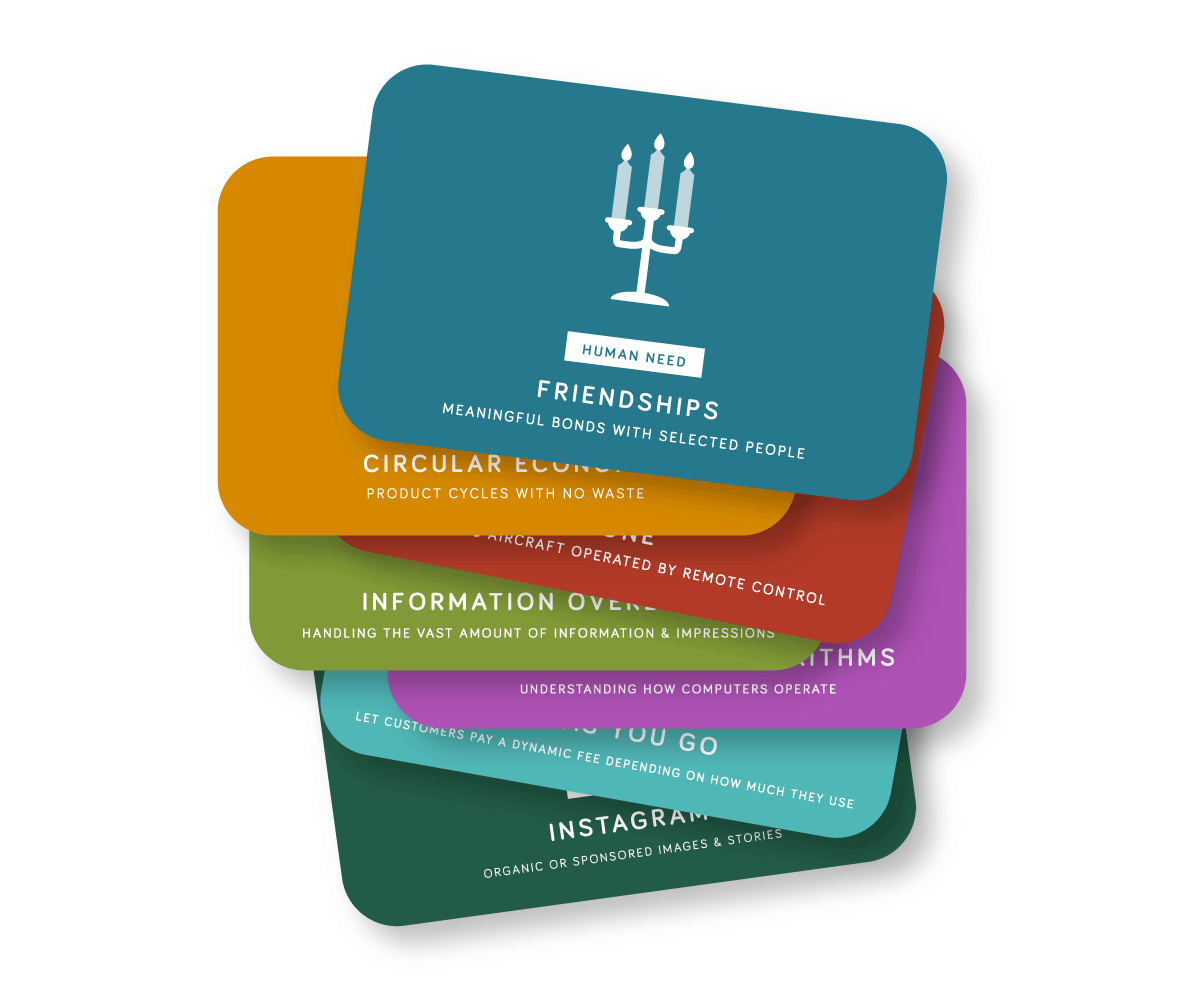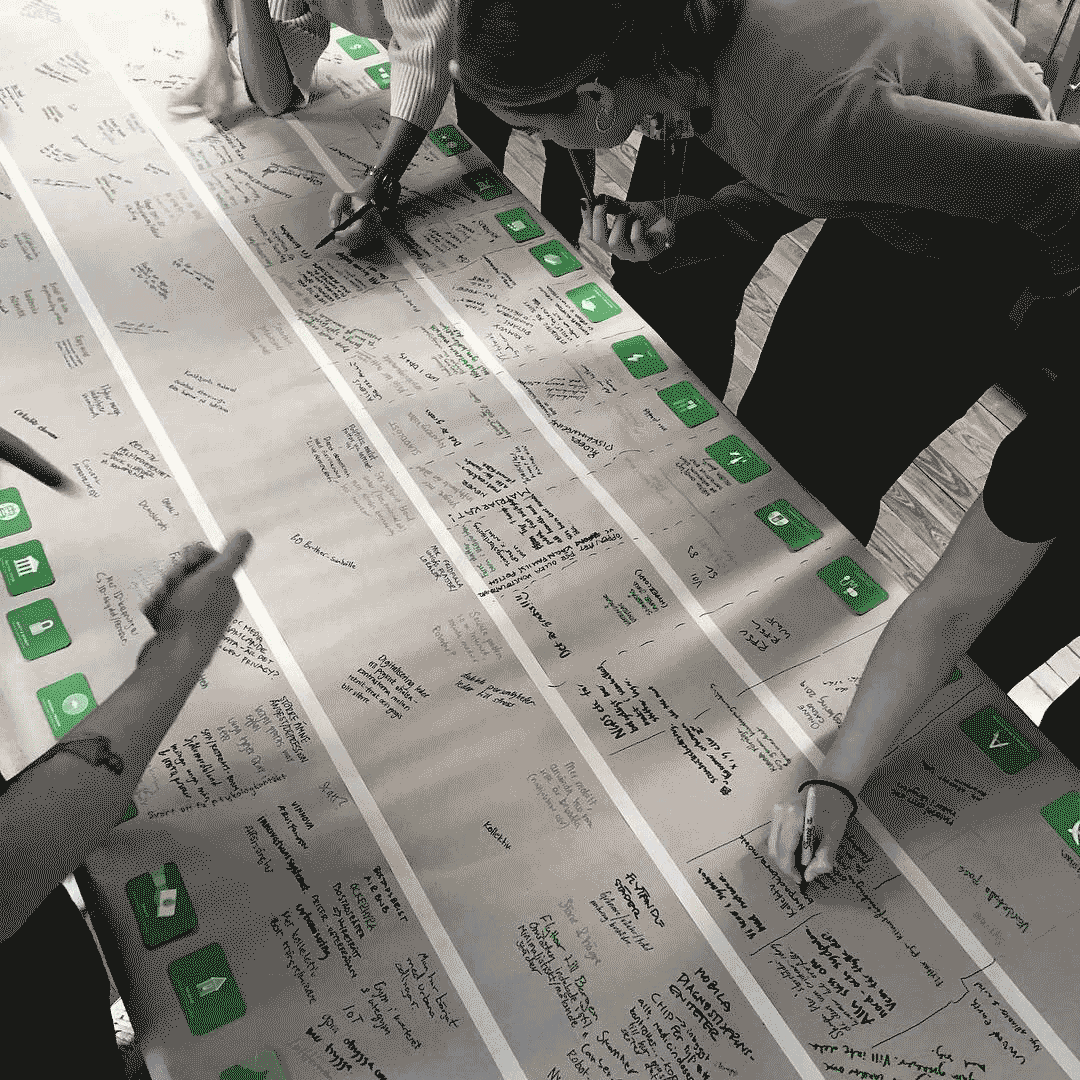
WORKSHOP DESIGN
How to use
MethodKit is an open-ended analog tool initially designed to be a flexible co-facilitator in any workshop you design. They help you discuss, map, plan, ideate & prioritize. Below we show how to use the cards and introduce additional tools to make it even easier to work with the cards.

USING METHODKIT
How to use MethodKit
MethodKit is an open-ended analog tool initially designed to be a flexible co-facilitator in any workshop you design. They help you discuss, map, plan, ideate & prioritize. Below we show how to use the cards and introduce additional tools to make it even easier to work with the cards.
This video shows how one of our kits can be used.
Use the cards…
Six common and functional ways to use the kits. Pick one, two or why not make your own method of choice. The additional tools below are parts of the Facilitation Guide that you get access to when you order the kits.
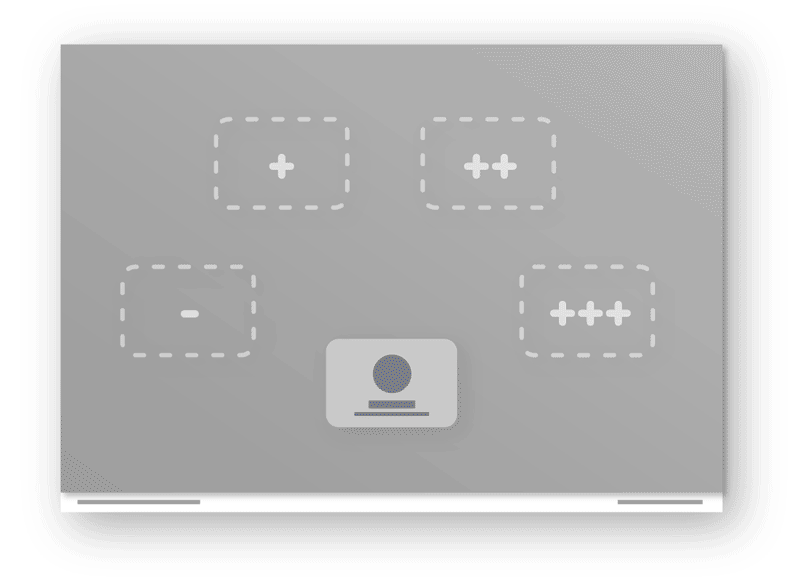
…with Gameboards
20+ different gameboards allow you to sort and discuss the cards.
- Pick which kit to use
- Pick a suitable gameboard
- Begin to discuss and sort
…with Gameboards
20+ different gameboards allow you to sort and discuss the cards.
- Pick which kit to use
- Pick a suitable gameboard
- Begin to discuss and sort

…on Tables
Use the cards on a long table to map and think collectively.
- Pick which kit to use
- Choose relevant cards to work with
- Prepare the table with a big paper sheet and scotch tape and lines to divide rows and columns
- Start to define each card on the table, together

Example: Current situation (Row 1), Next steps (Row 2).
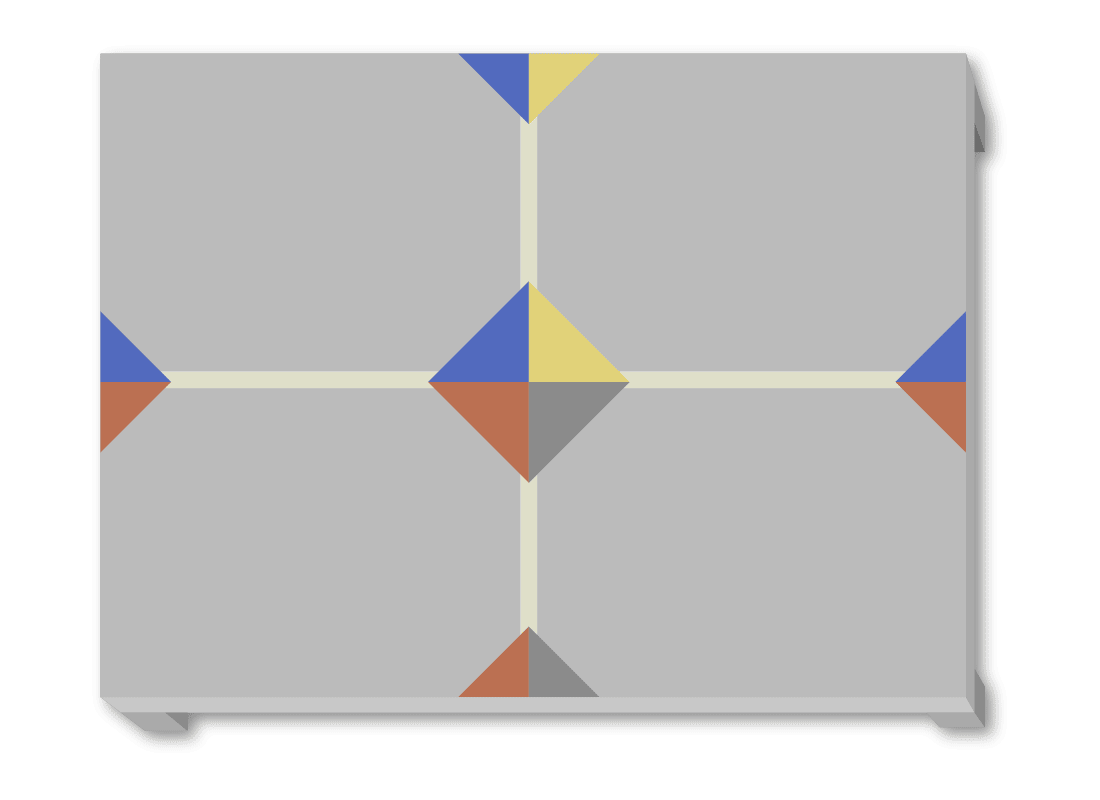
Example: Sort the cards based on what you work with already and if they could add value to what you do.
…with Grids
Grids are a good way to sort, get a better understanding and find priorities. The grids are designed to fit tables of all sizes.
- Pick which kit to use
- Pick a suitable grid
- Begin to discuss and sort
…with Grids
Grids are a good way to sort, get a better understanding and find priorities. The grids are designed to fit tables of all sizes.
- Pick which kit to use
- Pick a suitable grid
- Begin to discuss and sort

Example: Sort the cards based on what you work with already and if they could add value to what you do.
…with Post-its
Use the cards together with post-its to map and define a topic.
- Pick which kit to use
- Choose a couple of cards that you will work with
- Begin to define each card with post-its.
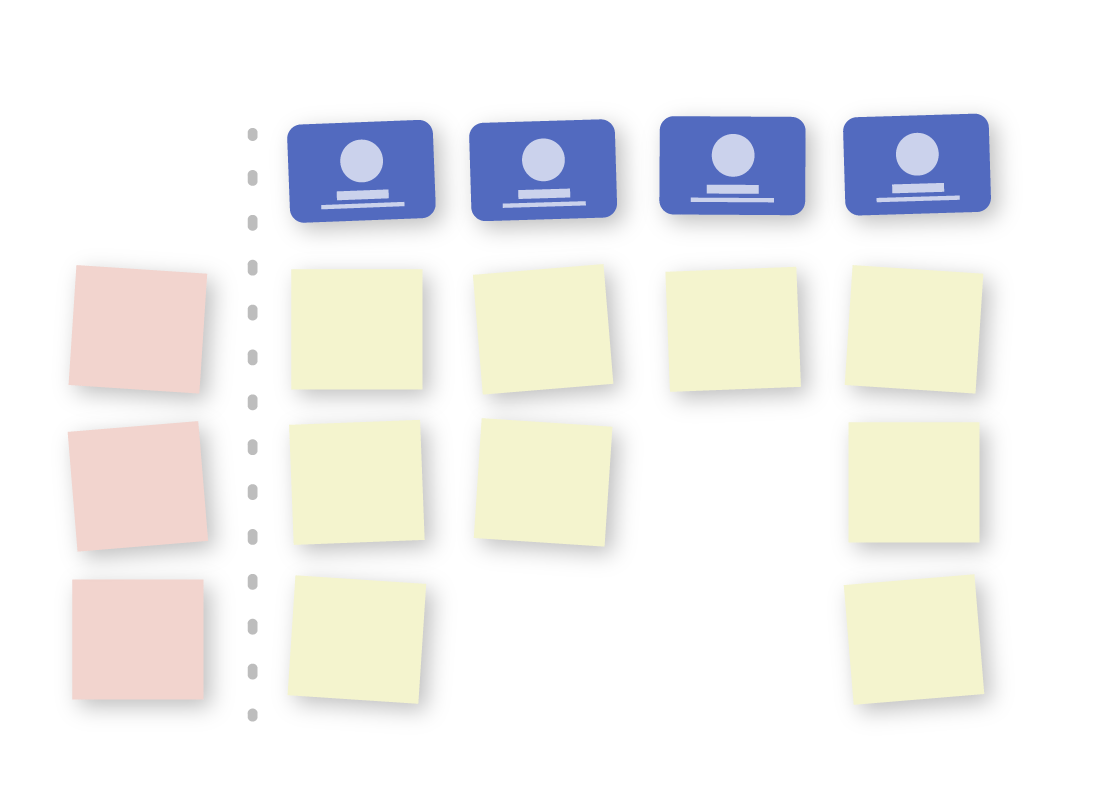
Example: Current situation (row 1), Vision (row 2) and How to get there (row 3)

…with Worksheets
Use shortlisted cards together with worksheets and work in-depth and detail.
Worksheets are good to define the current situation, a vision or ideas how to get there.
…with Worksheets
Use shortlisted cards together with worksheets and work in-depth and detail.
Worksheets are good to define the current situation, a vision or ideas how to get there.

…by laying them out
Sometimes the best way to begin is just to lay out the whole deck on the table and start discussing. Let the conversation lead the way.

…or as elements in custom-designed workshops
If you like to experiment you can use our card mechanics as a foundation in new and custom-designed workshop exercises, where you set the rules.
After using the cards…
MethodKit docks in to things you do after. Depending on how you used the cards different things could be good to focus on afterwards. The results of the workshop are just as important as the workshop itself. Here is where you define the outcome that you have obtained.
…make idea selection
Use a post-it board to discuss and sort which ideas based on how useful and original they are.
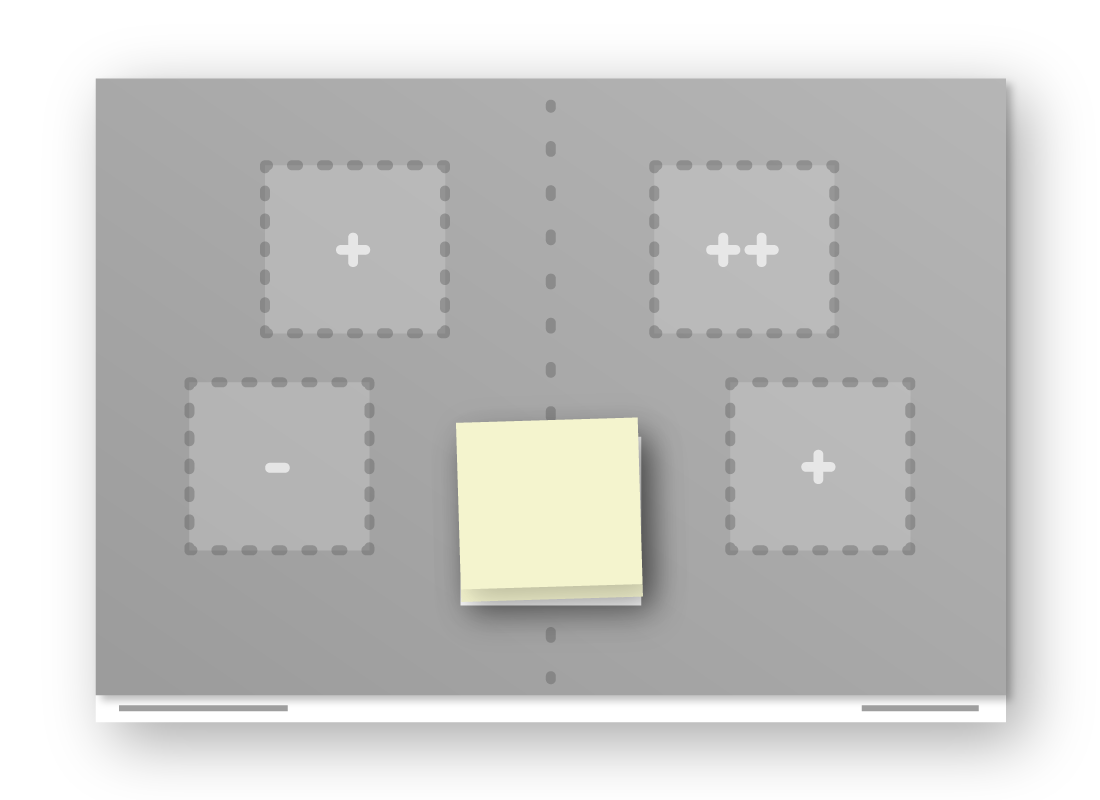

…develop ideas
Use the idea description sheet to define and explain the concept(s) you came up with.
…develop ideas
Use the idea description sheet to define and explain the concept(s) you came up with.

Workshop Planning Checklist
Below are 10 fundamental things to have in mind before a workshop.
- Intention. What do you want to achieve?
- Outcomes. How to get result you want?
- Participants. Why them?
- Time. How much time do you have?
- Exercises. Which ones?
- Facilitator. Who is running the workshop?
- Room. Space and equipment.
- Kit(s). Which kits are suitable for the session?
- Material. Pens, gameboards and post-its.
- Documentation. How to save insights?
Different kits
Most of the 45 kits we released could be sorted into two main categories.
